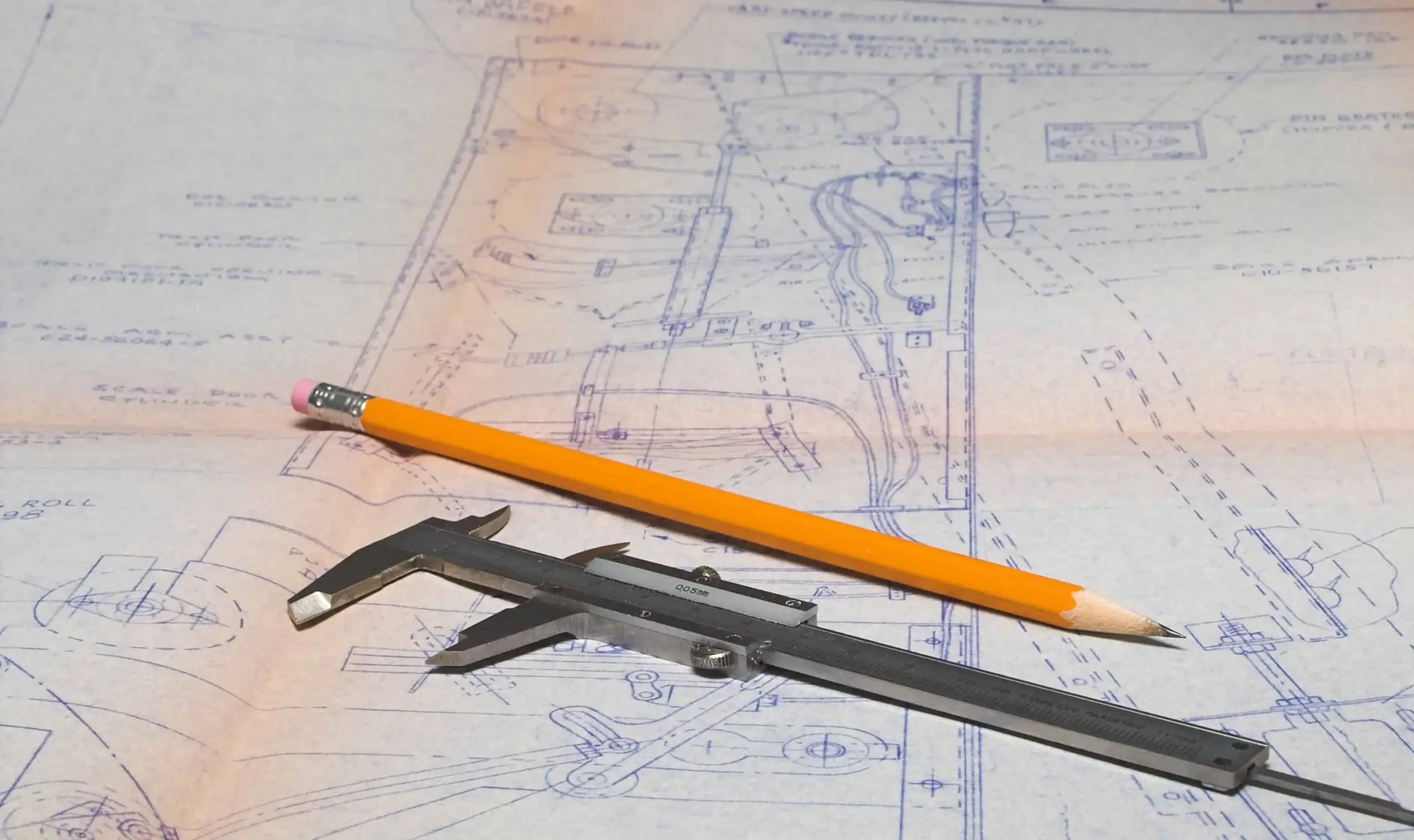Those who work in manufacturing likely use engineering drawings when machining and fabricating parts or components; however, there are also other types of drawings, such as shop drawings, that are often used in manufacturing as well as in construction and when performing metalworking at home. But what are shop drawings, exactly?
Shop drawings—also sometimes called technical drawings, fabrication drawings, or manufacturing drawings—guide the manufacturing process of a part or project. They include the dimensions, specifications, and other instructions the fabricators need to perform the right operations.
Below, you’ll learn more about shop drawings and what they’re used for. We’ll also help you learn how to get the most out of your shop drawings with cut-to-size metal from a supplier with precision sawing capabilities.
What Information Do Shop Drawings Contain?
Like other types of drawings used in manufacturing, shop drawings typically contain enough views for the operator to clearly see all aspects of the design. In addition to the standard top, side, and front views, shop drawings might include section, detail, elevation, or other views that make it easier to visualize features. They may also include specific processing steps, identify the materials used, or describe inspection and measurement suggestions to make the process easier. For example, a shop drawing might suggest you measure a part while it is still on the machine to avoid deformation. Information like that may not be included in the engineering drawing if it is not a specified requirement.
The Difference Between Shop Drawings, Design Drawings, and Engineering Drawings
Shop drawings are just one type of drawing used in manufacturing. There seem to be countless terms for different types of drawings, including:
- Design drawings.
- Engineering drawings.
- Construction drawings.
- As-built drawings.
- Technical drawings.
So, what are shop drawings’ distinguishing features? While many of these terms are interchangeable, the important distinction comes between shop drawings and engineering drawings. Engineering drawings define the design, while shop drawings translate the design intent to actual manufacturing steps.
While engineering drawings (or design drawings) are the official documents that define the finished part, shop drawings might include additional information that is helpful or necessary to fabricate the part. Engineering drawings generally avoid over defining the part, but shop drawings can include measurements and processing steps that aren’t controlled by the engineering drawing if that information is useful to the person making the part.
What Are Shop Drawings Used For?
While engineers and designers usually use engineering drawings for their purposes, on the shop floor, those drawings aren’t always enough. For that reason, they are typically used by machinists, fabricators, and any other operators directly involved in the manufacturing process.
While they can be found in almost any industry, shop drawings are especially common in architecture and construction, where construction drawings are too high-level to adequately show the fabrication process for individual components. The construction drawing is used to communicate design concepts to stakeholders and doesn’t include every detail needed to build it. The shop drawing fills in those gaps for the workers fabricating and assembling components.
Another advantage of shop drawings in a manufacturing environment is that they are usually much easier to revise when needed. To protect the integrity of the design, engineering drawings are tightly controlled and difficult to change. Shop drawings, on the other hand, are primarily used as an aid by operators and are not usually used to define engineering details, so they can be marked up and adjusted as needed (within the engineering requirements, of course).
Your Local Supplier for All Metalworking Shop Projects
Reading shop drawings is an essential skill for any metalworker or fabricator. Without it, you’re left trying to figure out how to manufacture parts on your own—which is a recipe for failure.
Industrial Metal Service can help set you up for success by providing custom-sized, precision-cut steel, aluminum, titanium, and many other metals. Your shop drawings should provide all the information you need to procure the right materials, down to the sizes of the rods, plates, or billets. With our top-of-the-line metal sawing equipment, we can supply metal stock in the exact size you need, cut to precise dimensions—saving you time and money.
Contact Us
 Angle
Angle Cast Plate
Cast Plate Diamond Plate
Diamond Plate Flat Bar
Flat Bar Plate
Plate Round Bar
Round Bar Square Bar
Square Bar Square Tubing
Square Tubing Round Tubing
Round Tubing Angle
Angle Channel
Channel Diamond Plate
Diamond Plate I Beam
I Beam Round Bar
Round Bar Sheet
Sheet Square tubing
Square tubing Round Tubing
Round Tubing Rectangular Tubing
Rectangular Tubing Plate
Plate Rectangular Bar
Rectangular Bar Rectangular Tubing
Rectangular Tubing Round Bar
Round Bar Sheet
Sheet Square Bar
Square Bar Square Tubing
Square Tubing
